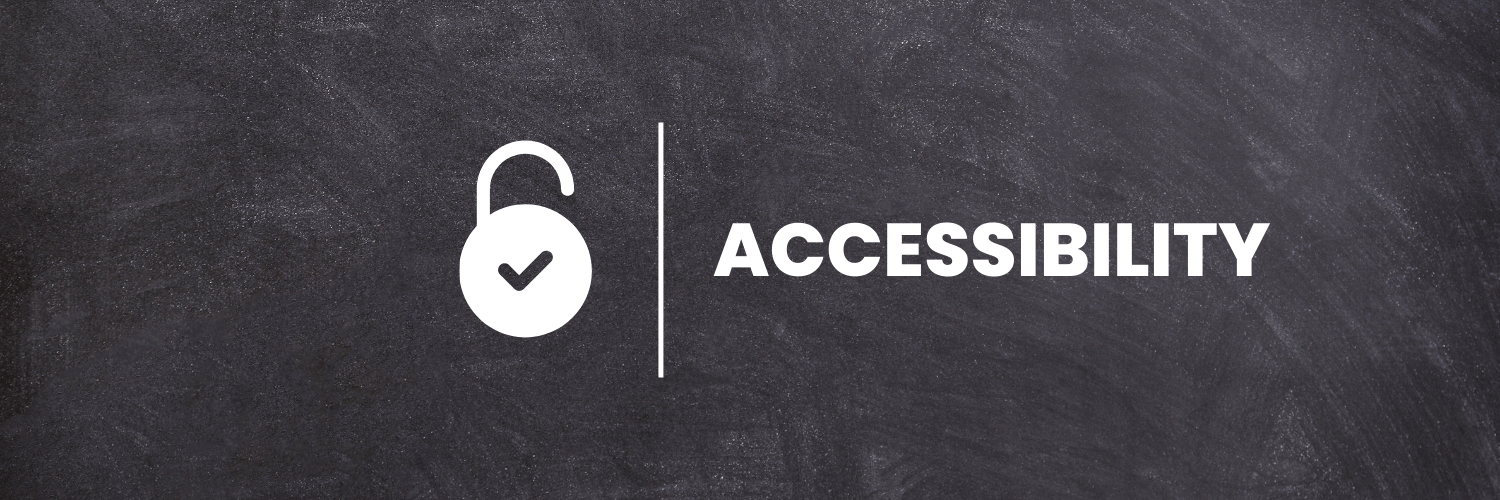
The focus of many open education projects is to provide access to education. But what does access mean? If the materials are not accessible for each and every student, do they fulfill the mandate to deliver fully open education? The open education movement has helped people in different parts of the world access content that they would otherwise not be able to view or interact with. Open education resources reduce costs for students and allow for greater flexibility for instructors. Accessibility can help push the movement even further forward.
- The University of British Columbia OER Accessibility Toolkit
As educators, it is our duty to make sure the resources we provide are ADA compliant; however, faculty do not have to navigate this process on their own. The following resources have been curated to help you navigate the world of accessibility and OER:
Accessibility for OER
- Flexible Learnign for Open Education (floe): Floe provides access to a group of resources that can help meet individual learners' needs. Find tools to help you create, adapt, or publish accessible OER for your classroom.
- BCCampus Open Education Accessibility Toolkit, 2nd Edition: The goal of this accessibility toolkit is to provide resources for each content creator, instructional designer, educational technologist, librarian, administrator, and teaching assistant to create a truly open textbook—one that is free and accessible for all students.
- Accessibility and Open Educational Resources: This resource provides resources about the accessibility of OER and Universal Design for Learning. This includes information about OER, a list of accessibility requirements for educational materials, and rubrics for assessing an OER's accessibility.
- Understanding Document Accessibility: Learn how to create accessible word-processed documents, spreadsheets, presentation slides, and PDF documents, among others, so they are accessible to everyone.

